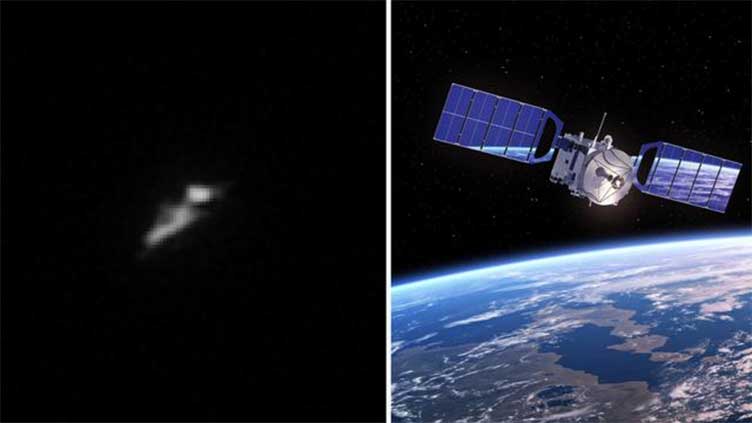
(WS News) – An amateur astronomer has reportedly captured images of classified US spacecraft. Felix Schöfbänker, who used a telescope built to track and photograph satellites, observed phenomena that were “only speculated” about including their size, shape, and position in the sky.
“My images have certainly revealed a few things that either were not known, or only were speculated before,” Schöfbänker told Space.com.
In recent months, Schöfbänker has captured images of classified spy satellites using his 14″ Dobsonian telescope, optimized for tracking and photographing satellites from his home. Analyzing the images, he shares his findings and their potential implications.
Among his discoveries is a new generation of US reconnaissance satellites, equipped with optical and radar imaging, launched by the National Reconnaissance Office (NRO), the agency responsible for designing, launching, and operating spy satellites for the US government.
The FIA-Radars, also known as Topaz, are five Boeing-built satellites capable of providing high-definition images of ground targets 24/7.
“From my images I conclude that these satellites have a parabolic mesh antenna which is roughly 12 meters [39 feet] in diameter, and 2 solar panels with roughly 10 meters [33 feet] of wingspan,” Schöfbänker explained.
He also noted the presence of a bright object between the solar panels, which he believes could be an uplink and downlink antenna, though it might be something else.
“The antenna of the FIA radars can be pointed either left or right looking relative to the orbit. I have observed these satellites a total number of 28 times so far. Only six times the antenna was looking to the left side and 22 times right looking,” the Austrian astronomer added.
Schöfbänker claims that these spy satellites could be operated by a secretive Department of Defense agency to track international terrorists, drug traffickers, and crime lords, reported Dailymail.
The Austrian has also tracked the “KH-11 Kennen” electro-optical satellites, which were first introduced in 1976. He notes that they are somewhat similar to the Hubble Space Telescope but optimized for viewing Earth rather than studying space. Currently, four of these satellites are in orbit, representing three different generations of this secretive technology.
The oldest satellite currently in orbit was launched in 2005 and is a third-generation KH-11 named USA 186. The next two, USA 224 and USA 245, are fourth-generation satellites launched in 2011 and 2013, respectively. The newest addition is a fifth-generation spacecraft, USA 314, which was launched in 2021.
From his collection of KH-11 images, he has deduced that the satellites are approximately 36 feet (11 meters) long. He suggests that the mirror size appears to vary between different generations, noting that he measured this by examining the diameter of the optical tube assembly, which is typically only slightly larger than the mirror inside it.
Asked about whether there are concerns regarding revealing details about highly classified spacecraft, Schöfbänker believes that most countries are unlikely to worry about amateurs like him imaging their satellites.



